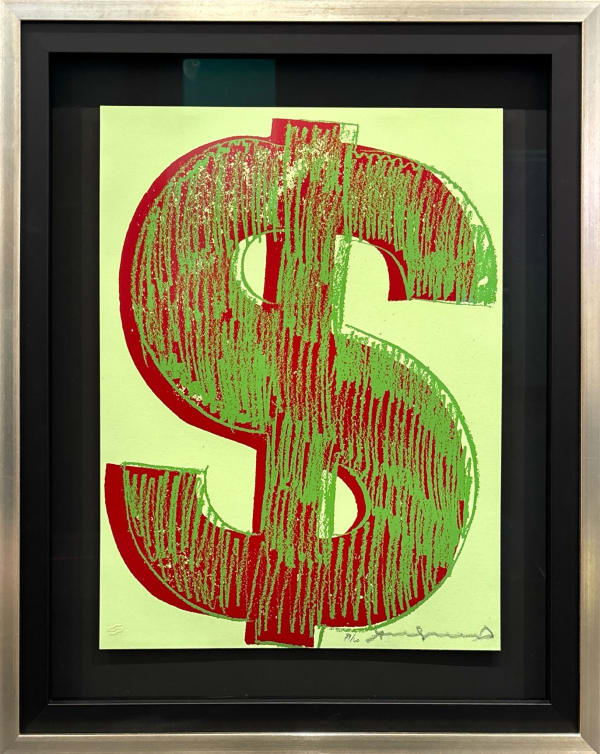Andy Warhol
''Art is anything you can get away with.'' Andy Warhol
Andy Warhol, initially a successful magazine and advertising illustrator, emerged as a prominent figure in the 1960s Pop art movements. Diversifying into various art forms such as performance art, filmmaking, video installations, and writing, he provocatively challenged the boundaries between fine art and mainstream aesthetics.
Upon earning his Bachelor of Fine Arts degree in 1949, Warhol relocated to New York City, aspiring to establish himself as a commercial artist. Securing a position with Glamour magazine, he rapidly rose to prominence, becoming one of the most successful commercial artists in the 1950s. Renowned for his distinctively whimsical style, Warhol garnered frequent awards, employing his innovative blotted line technique and rubber stamps to craft his drawings.
Towards the end of the 1950s, Warhol shifted his focus to painting, and by 1961, he introduced the groundbreaking concept of "pop art," centering on paintings depicting mass-produced commercial items. The following year, in 1962, he showcased the now-iconic series of paintings featuring Campbell's soup cans. These modest-sized canvases depicting everyday consumer products caused a significant sensation in the art world, propelling both Warhol and the pop art movement into the national spotlight for the first time.
Warhol also created celebrity portraits using vibrant and bold colours, featuring iconic figures like Marilyn Monroe, Elizabeth Taylor, Mick Jagger, and Mao Tse-tung. With the increasing fame and notoriety of these portraits, Warhol found himself inundated with commissions from socialites and celebrities. Notably, his portrait titled "Eight Elvises" achieved a resale value of $100 million in 2008, solidifying its status as one of the most valuable paintings in world history.






